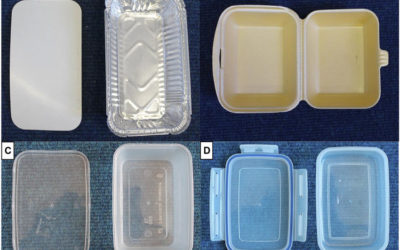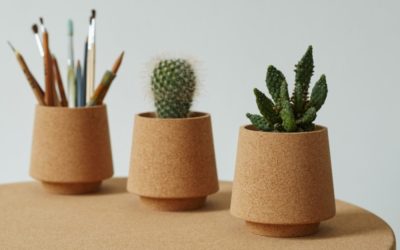If you haven’t heard of bagasse, you’re not alone. It’s a natural by-product of certain manufacturing processes meaning that comparatively few people have heard of it, yet it can decompose within just 4 months when disposed of correctly. As a replacement for single-use and environmentally damaging coffee cup materials like plastic and foam, then, it’s a game-changer. So, what is bagasse and what properties does it have to make it your perfect plastic cup replacement?
What is Bagasse?
Bagasse is essentially what’s left over once juice has been extracted from sugar cane. That means you find it mostly in sugar-rich countries like Brazil and Thailand, and those countries that produce a lot of sugar have a high volume of bagasse left over. In the past, bagasse was immediately utilised as fuel for powering machinery in the sugar plants, leading to a reputation more as a waste product than anything else. The explosion in recycling and a move away from single-use materials has altered bagasse’s fortunes forever.
Bagasse as Plastic Alternative
We’ve already mentioned that bagasse can decompose in just 4 months when disposed of properly within a home composter. That’s a major point in its favour, but what else makes bagasse the ideal replacement for one-use plastic cups?
- Can handle both hot and cold drinks
- Stable and sturdy
- Chlorine free
- Made from resources that annually replenish
- 100% biodegradable and compostable
- Freezer and microwave safe
As you can see, bagasse incorporates all the benefits of one-use materials with one significant difference – unlike many of those materials, it’s completely biodegradable. Thanks to its versatility, you don’t only find bagasse in single-use cups either. Takeaway containers, bowls and plates are also popular uses of this “waste” material, proving that it’s far more than simply a biofuel turned into a pretty cup.
The Cycle of Bagasse
While there’s no denying that bagasse is a by-product from a manufacturing process and therefore that side of things has an environmental impact, the uses of bagasse are far beyond those of most by-products from manufacturing processes. Many of those are simply tossed into landfill or, as bagasse was in the past, used to power more machinery. Fortunately, most bagasse is now taken out of the manufacturing chain and follows this process instead:
- Produced as a by-product of sugar cane juicing
- Made into a disposable cup or similar
- Used and placed into a home composter
- Decomposes and becomes soil or fertiliser
- The cycle is closed
So, bagasse is a biodegradable by-product of something that the world uses and will continue to use daily for the foreseeable future. Thanks to improvements in recycling technology, we can now take that by-product and replace the plastic cup in your hand with something that will give back to the planet rather than sap its resources further. Why wouldn’t you give bagasse a go?
Fancy reading some more?
Should You Protect Your Employees with Disposable Face Masks?
As the impact of coronavirus continues to be felt around the world, there are frequent questions here in the UK about getting back to work and how that’s likely to happen in the short term. One of the contentious elements in all this has become face masks. Should your...
read moreEco Friendly Takeaway Containers
Picture the average lunchtime in a city centre and the thousands of takeaway containers being purchased by hungry customers. The chances are, these will mostly be made of polystyrene and plastic, and they’ll be sent straight to landfill after use. Increasingly,...
read moreHow Cork is Starting a Quiet Revolution
Environmentally friendly materials are found in things we see every day and harnessing the power of these materials can help reduce our carbon footprints and provide some innovative solutions to daily challenges. Cork is one of those materials you might not think of...
read more


